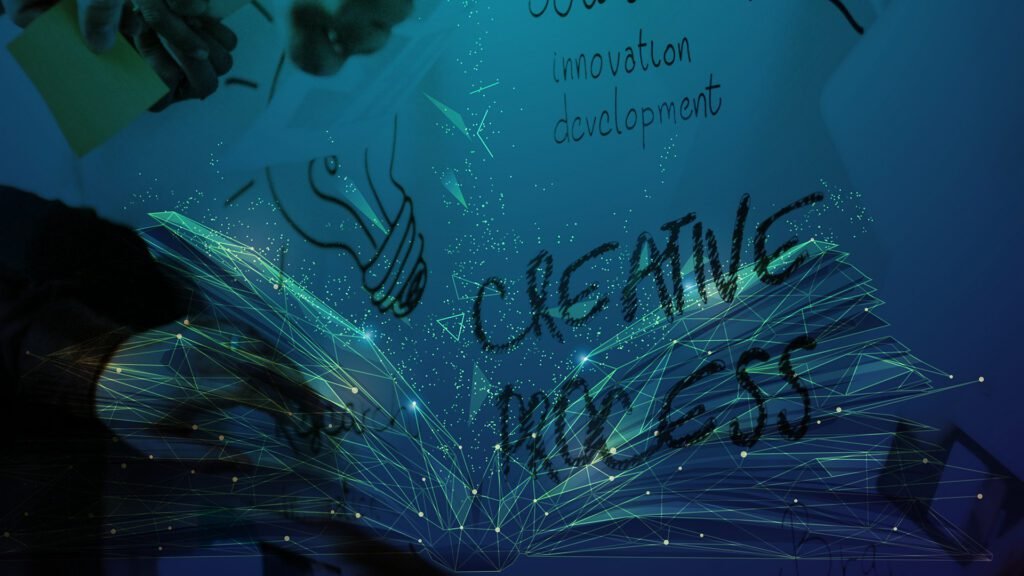
Your Guide to Marketing Trends and Tech
DEI Communication Strategy: Best Practices Overview
Creating an effective DEI Communication Strategy is essential for fostering a workplace that values diversity, equity, and inclusion. A thoughtful approach to communicating can help build an environment where every individual feels respected and valued, regardless of their background, identity, or perspective. But how exactly do you achieve it?
DEI Communication Strategy: Key Tactics for Diversity and Inclusion

Inclusive Language
The first step is trying to understand why inclusive language is important in developing DEI in the workplace.
Inclusive language is more than just a buzzword or political correctness; it’s about ensuring that all individuals feel recognized and respected. By choosing words carefully and avoiding terms that may exclude or alienate certain groups, businesses can effectively promote diversity and inclusion. This approach also ties directly into how to promote inclusion in the workplace. A culture of inclusion starts with how we communicate internally among teams and externally to customers, partners, and the broader community.
One of the core elements behind a successful DEI Communication Strategy is the consistent use of gender-neutral language. This practice ensures that communication is not limited to binary gender roles and recognizes the diverse identities that exist within any workplace.
Similarly, avoiding generalizations and stereotypes in communication helps prevent harmful biases. These inclusive language guidelines are critical for businesses that strive to practice equity in business, ensuring that all employees feel valued and respected.
Accessibility
Incorporating accessibility into communications is another key aspect of DEI in workplace efforts. Accessibility communication, such as providing content in multiple formats like text, audio, and visual, can ensure that individuals with visual or hearing disabilities can fully engage with your messaging.
This practice aligns with legal and ethical standards and reflects an honest commitment to promoting diversity, equity, and inclusion across all aspects of your business, especially in today’s diverse and global workforce. Culturally sensitive communication helps prevent misunderstandings and promotes a more inclusive environment where everyone’s background and perspective are considered.
DEI Communication Strategy: Best Practices for Building a Plan
Businesses must adopt a comprehensive and data-driven approach to promote diversity and inclusion successfully. Regular diversity assessments, such as a diversity census, can provide valuable insights into your workforce’s unique needs and experiences. This data should inform your DEI practices and guide your organization in creating an inclusion action plan that addresses your company’s specific challenges and opportunities.
For example, an equity plan solution might involve revising hiring practices to ensure that they are inclusive and free of bias, thereby helping to create diversity in the workplace.
In addition to these practices, fostering internal groups and committees focused on diversity and inclusion can be highly effective. These groups can lead initiatives, provide feedback, and ensure that DEI is an ongoing priority within the organization, not just a one-time promise.
Preparing an inclusive internal communication manual that provides guidelines on using respectful and inclusive language, particularly when referring to LGBTIQ individuals and other underrepresented groups. This manual can serve as a cornerstone of your DEI Communication Strategy, ensuring that all employees understand the importance of inclusive communication in the workplace.
It is also crucial to avoid diversity washing, where a company makes superficial or insincere claims about its commitment to diversity. DEI initiatives should be genuinely integrated into your organization’s culture and operations, reflecting a true commitment to equity in business. Employees who see the organization’s actions match its words are likelier to feel engaged and valued.







